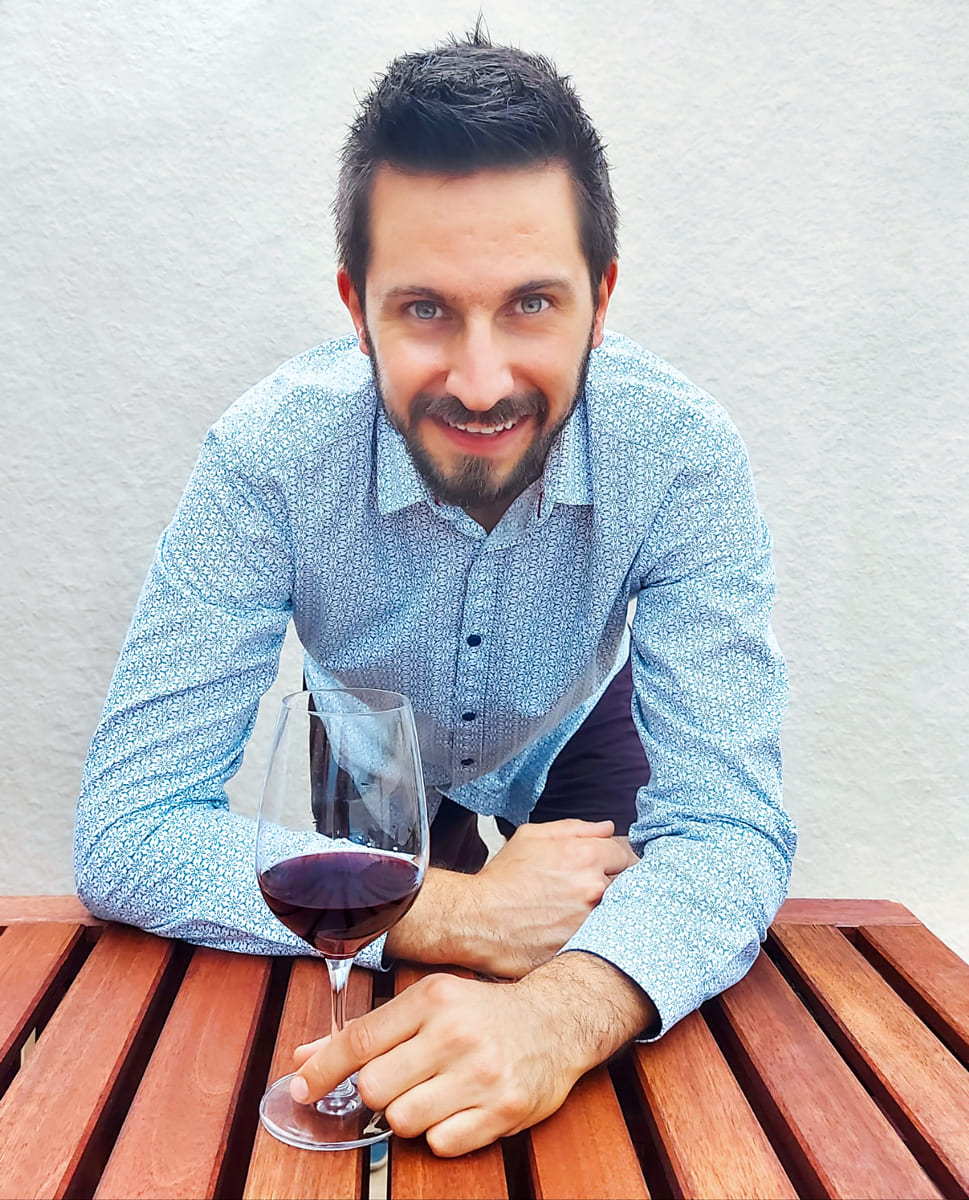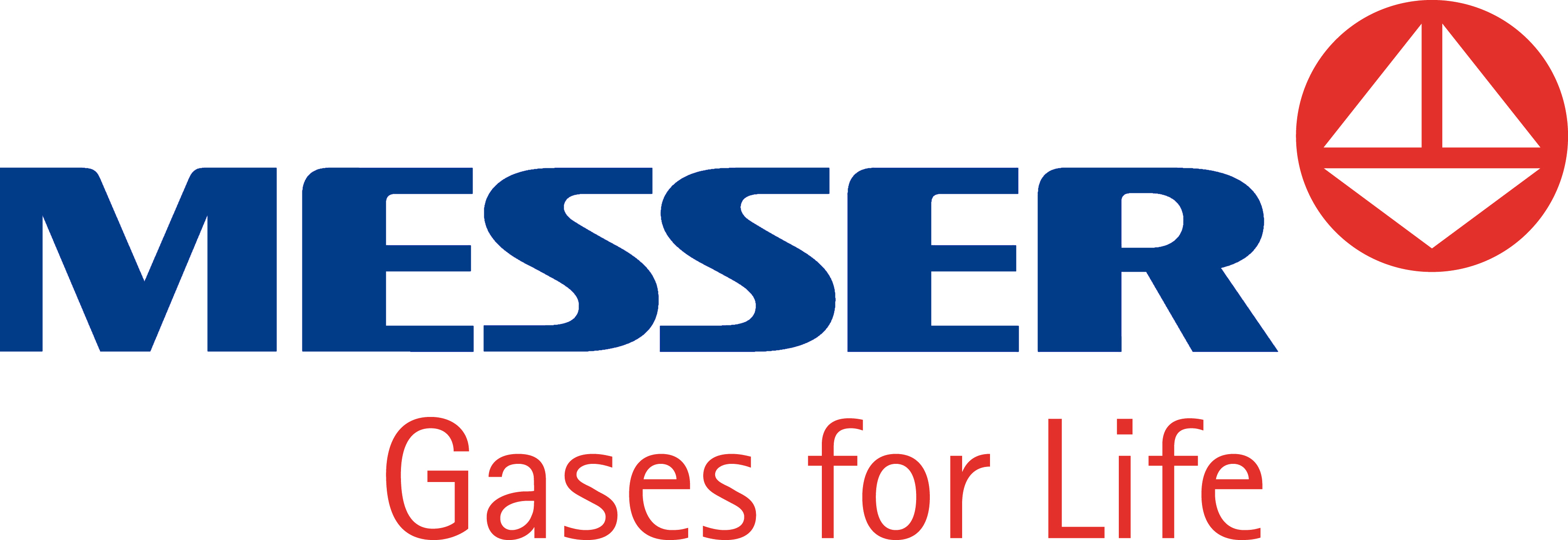By: Editorial Team Reading time: 5 Minutes
◤ COVER STORY
Gas protection for a thousand aromas
Vineyards increasingly rely on scientific research and modern technologies to get the best from their wine. Along the way, from the laboratory to the cellar, a whole series of gases are used. They help to ensure and enhance the quality of the wine.
7000 years of wine history
The oldest artifacts that attest to viticulture come from the South Caucasus and are more than 7000 years old. The traditional winemaking methods dating back to that time remained essentially unchanged until the 20th century. Anyone with the necessary spare change can still participate in rare wine tastings of hundred-year-old vintages for an impression of what they produced. Many enthusiastic reports have been published about such tastings of old Rioja and Bordeaux, Tokaji or Rhine wines. World literature, from Ovid to Cervantes and Goethe, also offers numerous euphoric descriptions of “divine” droplets. Clearly, the winemakers of earlier centuries were perfectly capable of using their time-honored processes to create altogether extraordinary wines. At least when the weather was right and as long as pests didn’t destroy the entire harvest or even the vines themselves – as happened, for example, when phylloxera marched across Europe’s vineyards in the 19th century. But even without major catastrophes, poor years often resulted only in watery, acidic bottles that were a source of pleasure only to the beer brewers.
Temperature and aroma
“Today’s scientifically developed viticulture and winemaking methods enable us to avoid such cyclical swings for the most part,” explains Dr. Miquel Puxeu. He is the head of the oenological laboratory of the VITEC wine research institute in Falset, a small town not far from Tarragona on the border between the Spanish wine regions of Montsant and Priorat – two regions which, according to Dr. Puxeu, produce some of the best wines in the world. “The foundation for the quality of a wine is created in the vineyard. Whatever is missing at that point can no longer be added in later on. But with our modern processes, we can do a lot to help draw the best from the grapes, even in years that are not particularly good. The most important oenological advancement in recent decades, in the opinion of the Catalonian expert, lies in targeted temperature control. It can start already in the vineyard – in hot weather, for example,
by cooling the grapes with dry ice in the transport containers. In so doing, the sublimating CO₂ prevents premature fermentation processes and also inhibits the oxidation of sensitive flavoring substances. In this connection, Miquel Puxeu’s mind turns mainly to two processes at the start of the winemaking in the cellar: maceration and fermentation. After destemming and sometimes a preliminary pressing, the wine is first left “on the mash:” the juice and the grapes separated from the panicles remain together in a tub, so tannic acid (tannins), pigments and flavorings can dissolve from the grape skins. Depending on the grape variety and on the quality of wine being sought, this can take anywhere from a few hours to many days. Here, too, dry ice can ensure that the must does not start to ferment too soon and can prevent oxidation.

❝
The use of inert gases has opened up completely new possibilities here
Dr. Miquel Puxeu, Head of the Oenological Laboratory of VITEC
Are you interested in the topic and would like to read the interview with Dr. Puxeu?
Spontaneous or controlled?
But once the pressing has been completed, the fermentation should begin, because ultimately this is what transforms the must into wine. This biochemical process releases heat. If left to run naturally, it will heat the wine up to well over 25 degrees Celsius, even in a very cool cellar. For certain fragile ingredients, that’s already too warm. Above all, the floral-fruity aromas of white wines develop better and more intensively when the fermentation temperature is lowered significantly – in this step, usually using conventional cooling technology. Along with temperature, the microorganisms involved in fermentation also play a decisive role. In recent years, more and more winemakers have been experimenting with spontaneous fermentation, which promotes reproduction of the yeasts that naturally occur in the wine. This uncontrolled process can bring forth outstanding qualities – or also go completely awry sometimes. “Working with selected pure yeast cultures is one of the focal points of our testing in the trial winery,” explains Dr. Puxeu. “When using them, you know ahead of time which flavors will develop particularly well in the wine. You can also select the right yeast for a given variety or for a specific quality of harvested grapes.”
Oxygen, pleasure’s enemy
Wine research has now identified over a thousand ingredients that affect the aroma of the wine – and the list is by no means exhaustive. One of the greatest enemies of multifaceted aromas is oxygen. A few specialty wines such as sherry are produced under “oxidative” conditions, i.e., in contact with oxygen. But even in traditional winemaking, efforts were made to keep this gas as far away as possible – by filling storage barrels completely full, for example. “The use of inert gases has opened up completely new possibilities here,” reports Dr. Puxeu. “Today we can pump nitrogen or argon into the headroom of the only partially filled tanks and barrels. The gases displace the air, and with it the oxygen. For their own part, these inert gases do not react with the wine – so flavors and quality can remain unchanged for extended periods of time.” Modern cellar technology and the use of gases have created completely new possibilities for the processing and storage of the wine. They have a huge impact on the quality of wines available today and it has become impossible to imagine the winemaking industry without them. Demanding wine connoisseurs even use them at home: when a freshly opened bottle of costly nectar isn’t emptied that same night, argon helps protect the noble aroma. A special device dispenses the gas from a cartridge into the partially emptied bottle where it prevents oxidation – for weeks or months if necessary.
◤
VITEC
The VITEC wine research institute in Falset is organized as a non-profit foundation. Its purpose is to provide research and support to viticulture and oenology with a regional focus in the northeast of Spain. VITEC provides the winemaking sector – also beyond the Spanish border – with advice, technical support, analytical services and a trial winery for testing new oenological processes.
